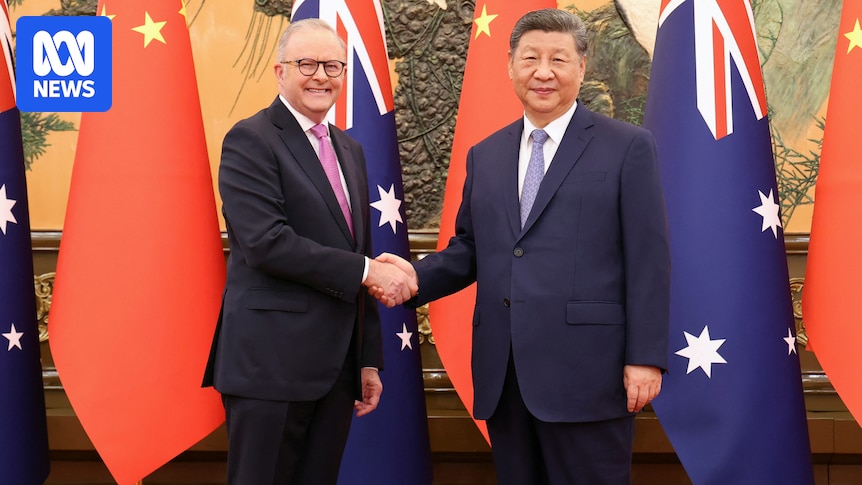
Prime Minister Anthony Albanese’s recent visit to China was a strategic move reminiscent of Bob Hawke’s historic trip in 1984. While much of the media coverage focused on Australia’s geopolitical positioning between the United States and China, a critical discussion unfolded behind the scenes. Albanese engaged in talks with Chinese officials about the future of Australia’s iron ore industry, particularly the transition to “green iron.”
In 1984, Hawke’s visit laid the groundwork for the Australia-China iron ore joint venture, resulting in the Channar iron mine in the Pilbara. Fast forward to today, Albanese is seeking to secure Chinese investment for the next phase of this industry — one that prioritizes sustainability and reduced carbon emissions.
The Shift to Green Iron
The focus on green iron and steel decarbonisation was underscored by a “Steel Decarbonisation Roundtable” held during Albanese’s visit. This event gathered Australia’s major iron ore producers and leading Chinese steel mills to discuss the future of sustainable steel production.
The push for green iron is largely informed by a report from The Superpower Institute, co-founded by Ross Garnaut, former economic adviser to Hawke, and Rod Sims, ex-head of the ACCC. Their report, “A Green Iron Plan for Australia,” outlines a vision for a green iron industry powered by renewable energy and hydrogen, aiming to significantly reduce carbon emissions.
“Most major economies have committed to achieving net-zero between 2045 and 2070. The timeline and trajectory of global decarbonisation may be uncertain, but the direction is clear: fossil fuel demand will contract in the coming decades,” Garnaut and Sims argue.
Economic Implications and Challenges
The report suggests that replacing traditional iron ore with green iron could generate up to $386 billion annually in export income for Australia. This shift would also act as a hedge against the decline of fossil fuel exports. However, achieving this requires substantial financial incentives, such as tax credits worth $170 per tonne to offset the absence of an international carbon price.
The Australian government’s recent budget introduced a Hydrogen Production Tax Incentive (HPTI) of $2 per kilogram, translating to a $110 tax credit per tonne of iron. Yet, according to The Superpower Institute, this falls short of the $170 per tonne needed to make green iron competitive.
“This market failure is a major reason that there is a cost gap between the international price of carbon-intensive iron products and the estimated production costs of Australian green iron,” the report states.
China’s Role in the Green Transition
China’s involvement is crucial, given that Australia exported 758 million tonnes of iron ore to China last year. Converting this volume to green iron with the necessary tax credits would be financially daunting, potentially costing over $100 billion.
Albanese’s meetings with Chinese business leaders in Shanghai aimed to secure financial backing from Chinese steel mills, which could help bridge the funding gap. This aligns with the long-term vision of establishing a robust green iron industry, despite the government’s modest initial budget allocation of $6.7 billion over ten years.
Future Prospects and Industry Reactions
Following the Steel Decarbonisation Roundtable, Albanese addressed the press alongside key figures from the iron ore industry, including Andrew Forrest of Fortescue Metals and Geraldine Slattery of BHP Australia. While the focus was on steel decarbonisation, questions quickly shifted to broader geopolitical issues.
When asked about the government’s financial commitment to building a green iron industry, Albanese’s response was non-committal, highlighting the financial constraints and the necessity of Chinese investment.
Alan Kohler, a finance presenter and columnist, noted, “The money budgeted for is an embarrassing fraction of what’s going to be needed, and no more is available.”
Conclusion: A Strategic Beginning
Albanese’s visit to China marks a strategic beginning for Australia’s green iron ambitions. While the path forward requires significant investment and international cooperation, the groundwork has been laid for a transformative shift in the iron ore industry. The success of this initiative will depend on continued dialogue and partnership with China, as well as domestic policy support to bridge the financial gaps.







